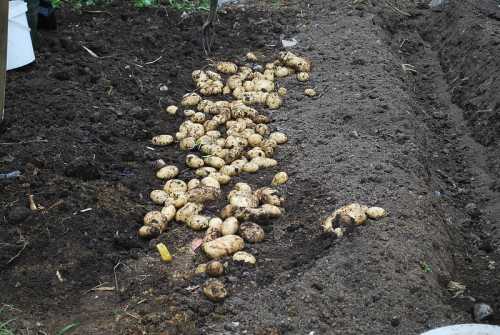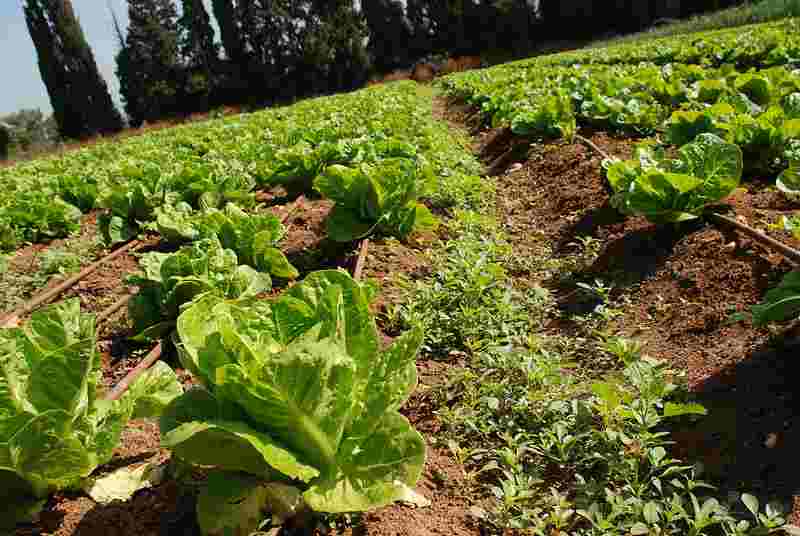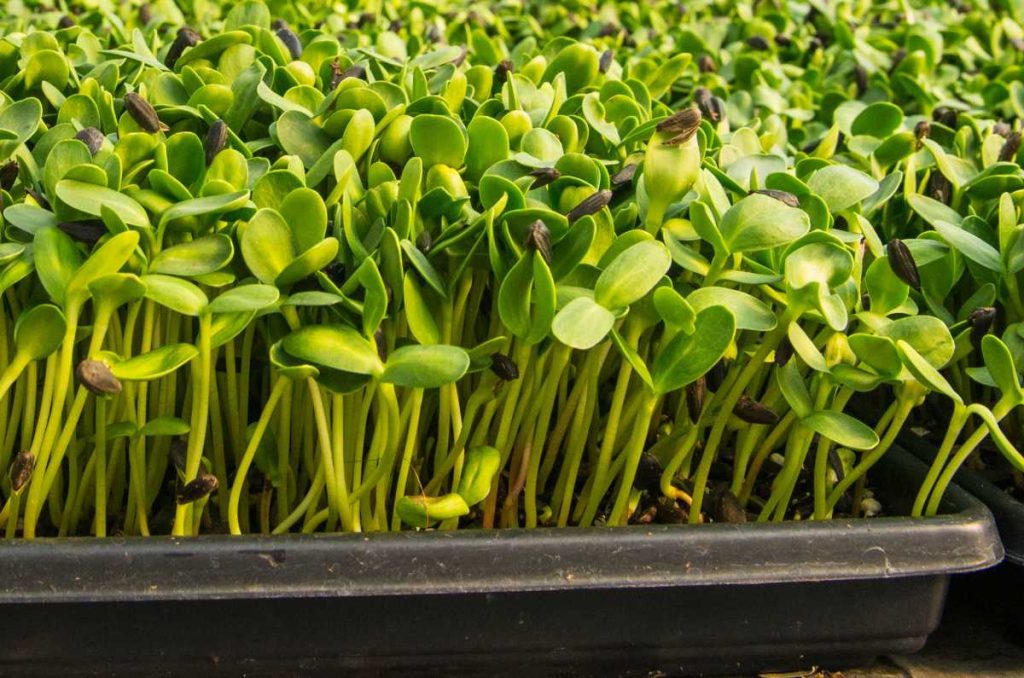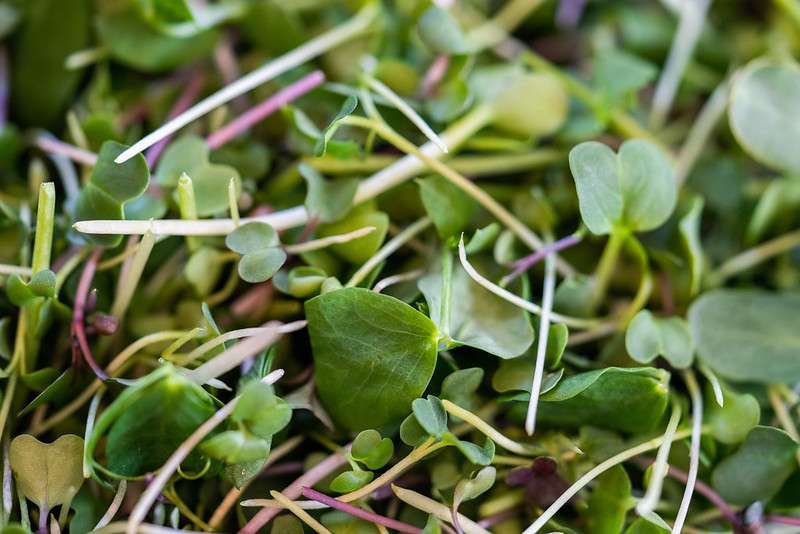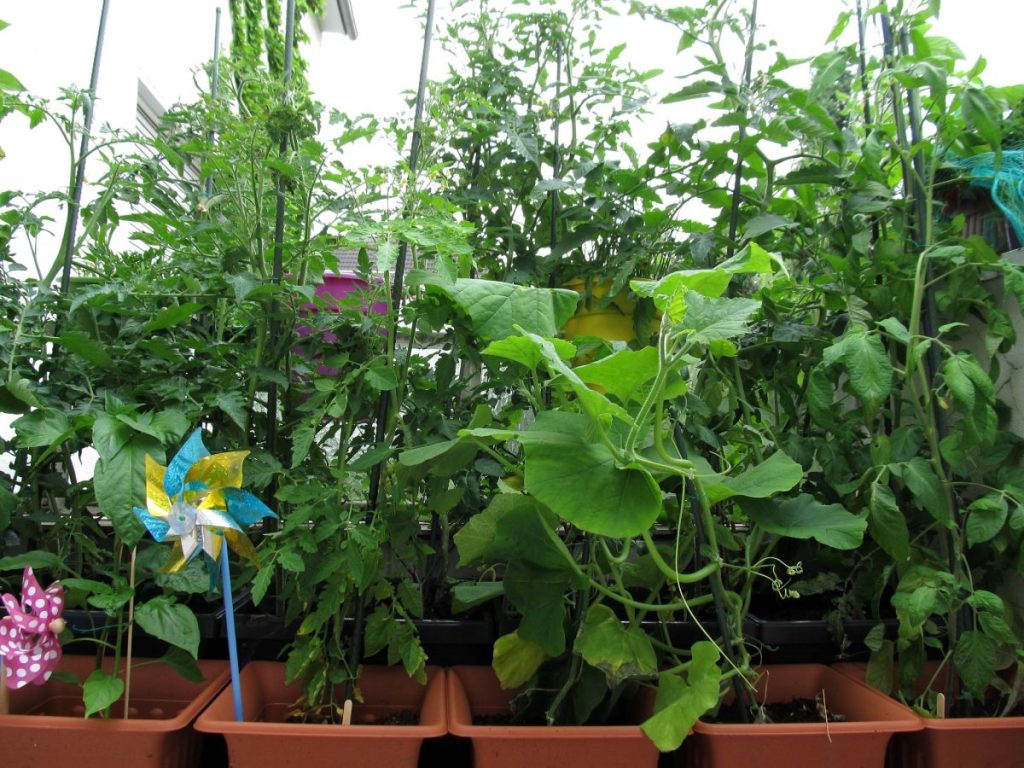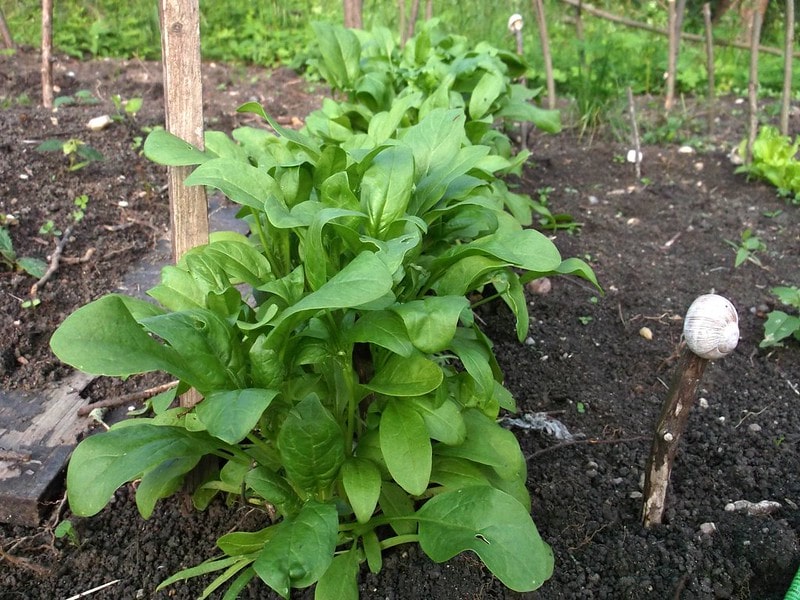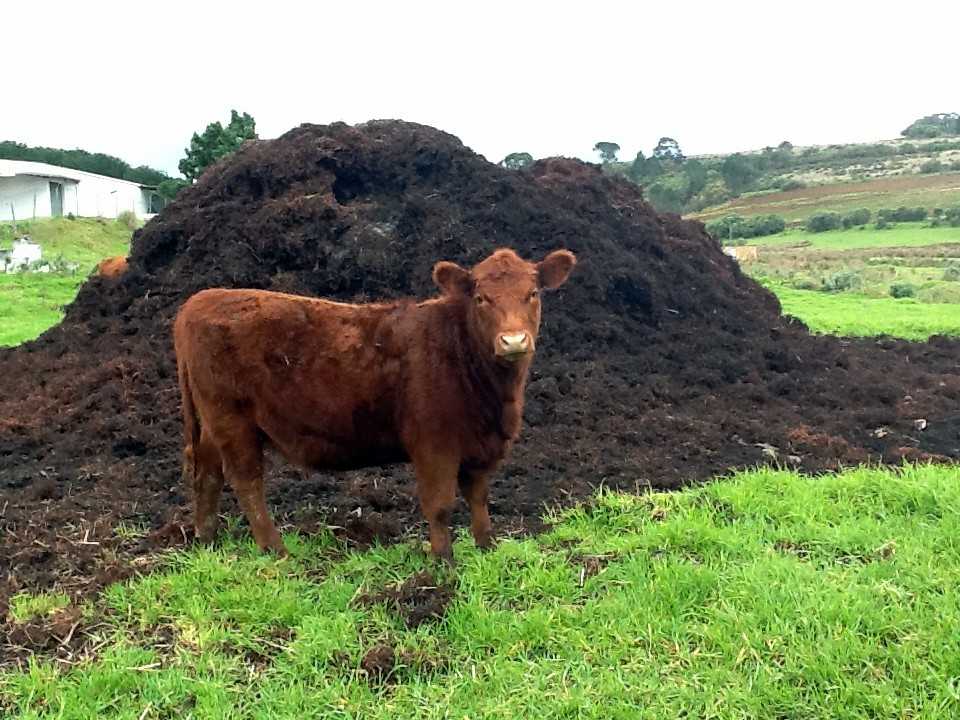Mushroom compost is an excellent soil amendment for vegetable gardens. It is a by-product of mushroom production and contains essential nutrients, trace minerals, and microorganisms that can improve the structure of soil and enhance vegetable growth.
This organic fertilizer also helps retain moisture in the soil, encourages healthy root growth, and improves drainage.
But, to reap it’s nutrients you must know the proper way to use mushroom compost to enrich vegetable garden.
What is Mushroom Compost?
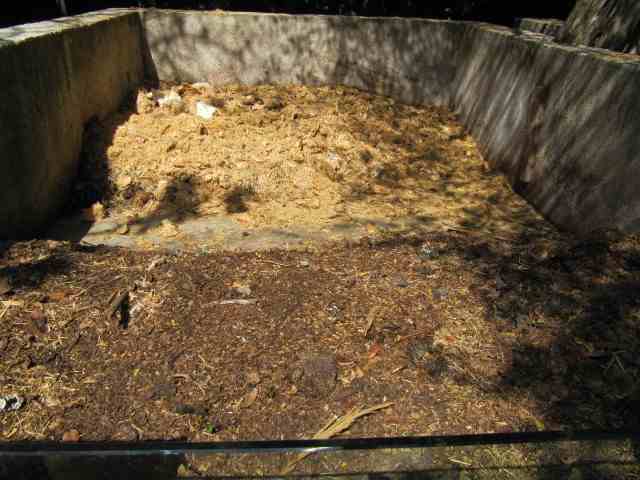
As mentioned mushroom compost is an organic fertilizer made from composted substrates, such as straw, hay, straw horse bedding, poultry manure, gypsum and corn cobs, cocoa shells, cotton seed hulls. (Source)
These materials are combined with a nutrient-rich mix of nitrogen, phosphorus, and potassium to create a humus-like substance that provides essential nutrients to plants.
The composting process takes place in special facilities which use high temperatures and moisture to break down the materials into a dark and crumbly soil-like material.
The compost is then screened for size, color, and texture before being packaged and sold.
Nutrients in Mushroom Compost
- Mushroom compost is rich in essential nutrients which makes it an excellent soil amendment for vegetable gardens.
- It is especially high in nitrogen, phosphorus, and potassium – all essential nutrients for plants.
- NPK ratio of mushroom compost is 2-1-1. (Source)
- In addition to these macro-nutrients, mushroom compost also contains trace minerals such as calcium, magnesium, zinc, copper and iron.
- These micro-nutrients are important for overall plant health and growth.
Also Read: Are Worm Castings Good for Tomatoes?
How to Use Mushroom Compost in Vegetable Garden?
Mushroom compost can be applied directly to vegetable gardens or blended with existing soil.
To get the most benefit from this organic fertilizer, it is best to work it into the top 6-8 inches of soil before planting.
It is also important to add a layer of mulch on top of the compost, as this will help retain moisture and discourage weed growth.
Mushroom compost can be applied at any time during the growing season but it is best to apply it 2-3 weeks before planting so that the nutrients have time to break down into the soil.
It is also recommended to reapply mushroom compost after each harvest as additional nutrients are needed for continued plant growth.
Finally, be sure to water your plants thoroughly after applying mushroom compost – this will ensure that the nutrients are fully absorbed into the soil.
This organic fertilizer can greatly improve the quality of soil, enhance vegetable growth, and provide essential nutrients for plants. With proper use, mushroom compost can help make your vegetable garden a success!
List of best vegetables to use mushroom compost
1. Tomatoes
2. Peppers
3. Carrots
4. Squash
5. Beans
6. Cucumbers
7. Onions
8. Radishes
9. Lettuce
10. Potatoes
Also Read: How to Use Worm Castings in Vegetable Garden?
How to Mix Mushroom Compost with Soil and How Much to Use?
It is best to mix mushroom compost with your existing soil before planting. To do this, simply spread a 2-3 inch layer of compost over the top 6-8 inches of soil in your garden bed.
Use a shovel or rake to mix it into the soil and then add an additional 1-2 inch layer of mulch on top for added moisture and weed control.
In general, use around one cubic foot of mushroom compost per every 10 square feet of garden bed.
However, this can vary depending on the type of soil you have and how much fertilizer you need.
It is always best to consult with a local gardening expert to determine the exact amount needed for your particular plant needs.
Using mushroom compost in your vegetable garden is an excellent way to improve the quality of soil and provide essential nutrients for plants.
It is a great addition to any garden and can help you achieve abundant yields year after year. With proper use, mushroom compost can give your vegetables the boost they need to flourish!
Note: Always do a pH test on your soil before adding any type of fertilizer or compost. This will help ensure that the nutrients are properly absorbed into the soil.
Also, be sure to wear gloves and safety goggles when handling compost as it may contain harmful bacteria or fungi spores. Finally, store unused compost away from direct sunlight in an air-tight container.
Benefits of Using Mushroom Compost in Vegetable Gardens
Using mushroom compost in your vegetable garden has a number of benefits. It is a great source of nutrients, such as nitrogen, phosphorus, and potassium – all essential for healthy plant growth.
It also contains trace minerals to help boost overall soil health. In addition, it helps improve drainage and aeration in the soil which promotes better root growth.
Finally, it can help reduce pest infestations and diseases by adding beneficial bacteria and fungi to the soil that can fight off harmful organisms.
Overall, using mushroom compost in your vegetable garden can create healthier soils for stronger plants.
Also Read: Is Mushroom Compost Good for Tomatoes?
Drawbacks of Using Mushroom Compost In Vegetable Garden
While there are many benefits to using mushroom compost in vegetable gardens, there are a few potential drawbacks that should be considered.
The first is that it may contain high levels of salts which can kill off beneficial microorganisms and cause plant damage. It can also introduce weed seeds into the soil if it is not properly sterilized beforehand.
Finally, using too much mushroom compost or applying it too late in the season may lead to nutrient deficiencies as the nutrients will not have had enough time to break down into usable forms for plants.
For these reasons, it is important to use this fertilizer carefully and always follow package instructions when applying it to your garden beds.
By following all recommended guidelines when using mushroom compost, you can ensure that your vegetable garden is a success.
It is an excellent way to add essential nutrients and improve soil health, while also reducing pest infestations and diseases.
With careful planning and proper care, you can enjoy the many benefits of using mushroom compost in your vegetable garden!
Check this out: Using Mushroom Compost in Raised Beds
Conclusion
Mushroom compost is an excellent organic fertilizer for vegetable gardens. It can help improve soil health, provide essential nutrients to plants, and reduce pest infestations and diseases.
However, it should be used carefully and always follow package instructions when applying it to your garden beds.
With the proper application of mushroom compost in your vegetable garden, you can enjoy the many benefits it has to offer.

